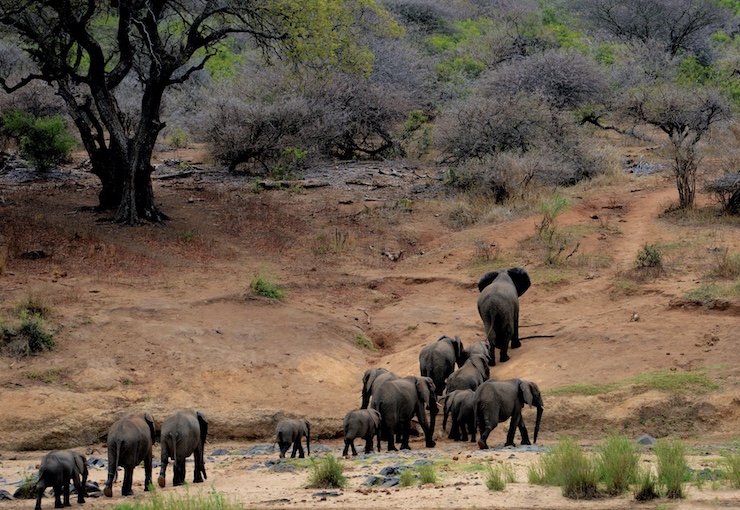Some Drones in Africa Have Become “Electronic” Park Rangers

Drones play a well-known role in wildlife conservation by monitoring endangered species in their natural habitats; they can also track and deter the same species’ predators. However, not all of these predators are wild animals. Human poachers throughout Africa regularly capture and kill elephants and rhinoceroses to harvest their tusks and horns for sale on the black market. Properly equipped drones can detect and deter poachers and assist local authorities to apprehend them. In recent years, some conservationists have begun dubbing these anti-poaching drones “electronic” park rangers.
The need for back up support is undeniable. Park rangers in Africa are poorly funded – and poorly armed – and with so many government officials implicated in the illegal wildlife trade, poachers often operate with virtual impunity. Outnumbered rangers, many of them recruited from the ranks of poor farmers, are frequently threatened, bribed, targeted for attack and even killed. Patrolling on foot, they’re severely limited in the amount of terrain they can cover; and when they arrive on the scene, too often poachers have already claimed their prey.
Since 2016, beleaguered rangers in Kenya, Zimbabwe and South Africa have begun fighting back – this time, with technology. Backed by global conservation groups, rangers in these countries are using drones to monitor wide expanses of land to intercept poaching gangs. Their flights are not conducted at random. Equipped with advanced data collection and processing software – and powered by a machine learning algorithm – rangers can zero in on areas of likely illegal entry to surprise poachers before they can strike. And drones have one further advantage: Using infrared thermal imaging sensors, their drones can detect poachers moving surreptitiously at night.
But how well do these drones actually work? Some studies have suggested that their thermal images are reviewed and relayed to rangers too slowly to allow for effective interdiction. It’s been recommended that their imaging be augmented to allow for more real-time identification of poachers. A similar issue arose in Madagascar where rangers and drone suppliers have been working together since 2019 to track and protect endangered lemurs. Further adjustments were made and the interdiction rate improved.
To be sure, drones alone won’t solve Africa’s poacher problem, much less the illegal trade in tusks and horns. But along with better training and more weapons, and more pressure on governments from conservation groups, drones can help level the playing field, experts say. Poacher killings of rhinos in Africa were a mere 62 in 2007, but skyrocketed to nearly 1,300 in 2015, according to the World Wildlife Fund. In Africa, elephants are being killed by poachers at a rate of 20,000 per year, while the total population has dwindled to just 350,000. These precipitous declines don’t just endanger the animals but the entire ecosystem they inhabit, especially nearby forests. Elephants, for example, consume plants of various species and the nitrogen contained in their droppings is vital for tree growth. With drones, governments and their beleaguered rangers on the front lines of animal conservation have a shiny new tool in their arsenal to reverse the current slide toward habitat destruction and extinction.
|